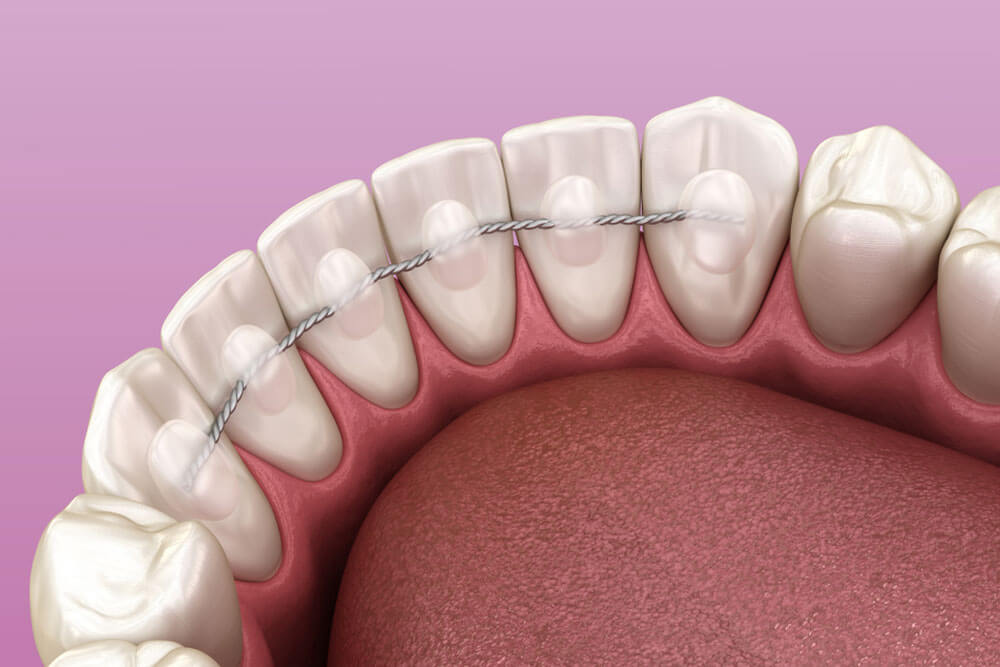Dental braces have come a long way since they were invented in the 1800’s. Today, Americans and residents of are privy to a bevy of tooth-straightening options, each of which offers different benefits. Currently, the most popular types of braces used in include:
- Metal Braces – These are traditional braces most often seen in children and teenagers. Metal braces are the most affordable and use a system of brackets and wires to move the teeth over time.
- Invisalign – This modern orthodontic treatment is highly popular among adults who want to straighten their smiles discreetly. Invisalign orthodontics is a system of customized plastic trays that are worn day and night, with the exception of when a patient is eating, brushing and flossing. The invisible trays are switched out every couple of weeks until a desirable result is achieved.
- Lingual Braces – These metal braces attach to the backs of the teeth and are not visible to other people.
- Ceramic Braces – These braces work like traditional metal braces, except that the brackets bonded to the teeth are made of ceramic. This helps prevent staining, and they can also be color-matched to blend with the teeth.
Did you know…
that you do not have to have crooked teeth to benefit from braces? Even patients with a little bit of crowding can benefit from orthodontic treatment. When the teeth are properly aligned, patients can better clean between the teeth, preventing decay and gum disease. Furthermore, teeth that are optimally aligned can help remedy malocclusion complications, such as headaches.
Frequently Asked Questions
Do I need braces?
Only you and your dentist can determine whether braces are right for you. However, chances are you could benefit from treatment if your teeth are crooked, overlapping or protruding. Schedule an appointment with your dentist or orthodontist for more information.
What should I expect while I have braces?
You will have certain dietary restrictions with most types of braces except Invisalign. Some foods, such as hard, sticky and chewy foods, can have an adverse effect on braces and damage the brackets and wires. You will also need to make frequent office visits to have wires tightened. If you have Invisalign, there are no dietary restrictions, as the orthodontic trays are fully removable when eating. You’ll also be able to switch to a new Invisalign tray every few weeks without visiting your dentist.
What happens when my orthodontic treatment is complete?
When you have completed your treatment, you will have your braces removed and be given a retainer. The retainer must be worn at all times initially to help preserve the new placement of your teeth. As time progresses, you may be able to begin wearing your retainer only at night.

